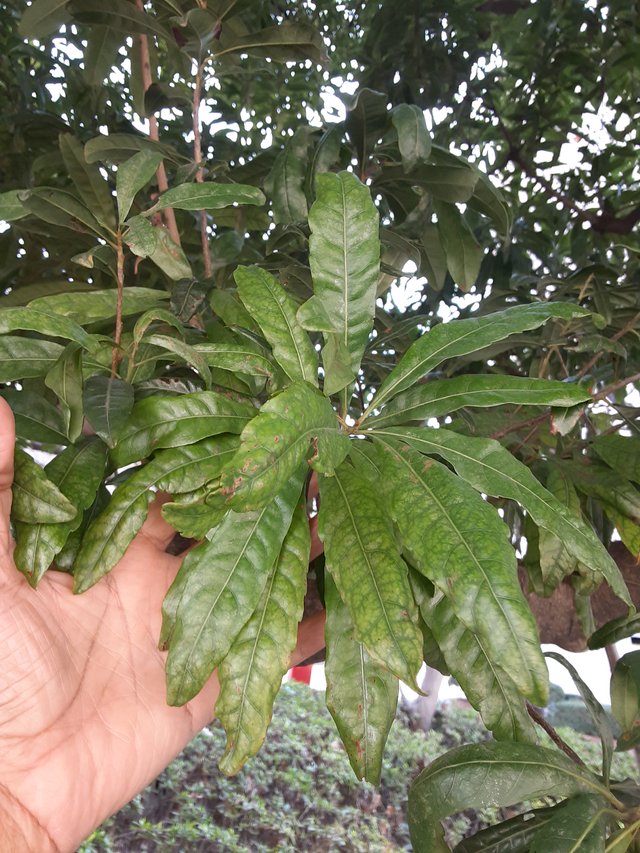
Myrica rubra, commonly known as the Chinese bayberry or red bayberry, is an interesting plant with unique leaves offering various uses. Here's what I can share:
Leaves:
- Description: Myrica rubra leaves are leathery, hairless, and elliptical to oval-lanceolate in shape. They measure 5-14 cm long and 1-4 cm wide. The base is wedge-shaped, and the apex can be rounded, pointed, or tapered. The margins are serrated or serrated in the upper half.
- Color: The top surface is dark green, while the underside is pale green and sparsely to moderately golden glandular.
- Seasonal Changes: Leaves remain on the tree for 12-14 months, typically falling before the spring flush of new growth.
Uses of Leaves:
- Traditional medicine: In China, Myrica rubra leaves have been used in traditional medicine for centuries. They are believed to have various health benefits, although scientific evidence supporting these claims is limited.
- Food and Beverage: Young leaves can be consumed fresh or used in salads. Some cultures ferment the leaves to make a type of tea or liquor.
- Fragrance: Dried leaves provide a pleasant fragrance and are used in potpourri or sachets.
- Extracts: Leaves contain various bioactive compounds, such as anthocyanins and flavonoids, which are extracted for potential use in cosmetics, pharmaceuticals, and food additives.
Additionally:
- The leaf litter from Myrica rubra plays an important role in enriching the soil and supporting beneficial microorganisms.
- Research is ongoing to explore the potential of Myrica rubra leaves for various applications, including pest control and natural dyes.
Ref.:
 |  |
Upvoted! Thank you for supporting witness @jswit.
Downvoting a post can decrease pending rewards and make it less visible. Common reasons:
Submit